What exactly is palm oil?
The most popular vegetable oil in the world is palm oil. Currently, over 60% of all packaged goods in supermarkets include it. It's important in the making of many products, like cookies, because it makes them incredibly crunchy and crispy. Furthermore, a crucial component of margarine that gives it a smooth, spreadable consistency is palm oil.
The fruits of the oil palm tree, Elaeis Guineensis, are used to extract palm oil. In the areas surrounding the equator, oil palm trees thrive. The tropical oil palm tree has leaves that are roughly five meters long. The tree's greatest loves are the sun and dampness. It needs constant sunshine, temperatures between 24 and 32 degrees Celsius, and a year-round supply of precipitation.
What is the origin of palm oil?
The oil palm trees start to produce palm fruit in bunches when they are three or four years old. All year long, the fruit bunches are collected. There are hundreds of palm fruits in each cluster. Large olives are roughly the size of palm fruits. The fruit's orange pulp is used to extract the oil. About 30–35 percent palm oil is present in each palm fruit. The single seed, or kernel, found in the fruit is what's used to make palm kernel oil.
Where does palm oil grow?
Ten degrees north or south of the equator is where the best places to cultivate are found. The oil palm tree was first discovered in West Africa, but it is currently mostly grown in Indonesia and Malaysia, the two countries that produce the most palm oil worldwide. Eighty-five percent of the palm oil used worldwide comes from Indonesia and Malaysia. Other than Indonesia and Malaysia, palm oil production is rising in Western Africa, South and Central America, Thailand, and other regions of the world.
Why is palm oil used by us?
Forty kilograms of oil are produced annually by one palm tree. The International Union for Conservation of Nature (IUCN) asserts that palm oil is critical to both economic growth and global food security. More than seven million plantation workers, smallholders, and their families are employed in and supported by the palm oil industry, according to the Roundtable on Sustainable Palm Oil. Production of palm oil is a significant use of natural resources in these economically challenged regions of the world.
The drawbacks of palm oil
Unsustainable farming methods used on a variety of crops, such the production of palm oil, can endanger species and cause deforestation and climate change. They may also weaken workers' rights and cause disagreements about who owns the land. But in the middle of these profoundly detrimental effects, sustainable palm oil production stands out as an essential part of the answer.
Sustainable Palm Oil Production as a Fix
About one-third of all vegetable oils consumed worldwide are made from palm oil, which requires only 10% of the agricultural area meant for oil production. When compared to other crops, the yield per hectare of oil palm is exceptionally high. It is difficult to substitute other oils for palm oil without sacrificing quality because of its great productivity and versatility. Therefore, the greatest substitute for conventional palm oil is palm oil produced sustainably. The RSPO Principles and Criteria serve as a standard for sustainable palm oil produced by RSPO. In this manner, it is possible to ensure palm oil trading and production is sustainable.
Conclusion
The consumption of palm oil is rising globally. It's a very contentious dish, though. On the one hand, there are a number of health benefits mentioned.
However, there could be hazards to heart health. The continual expansion in its manufacturing raises additional environmental issues.
This article examines the impacts of palm oil on sustainability and the environment.

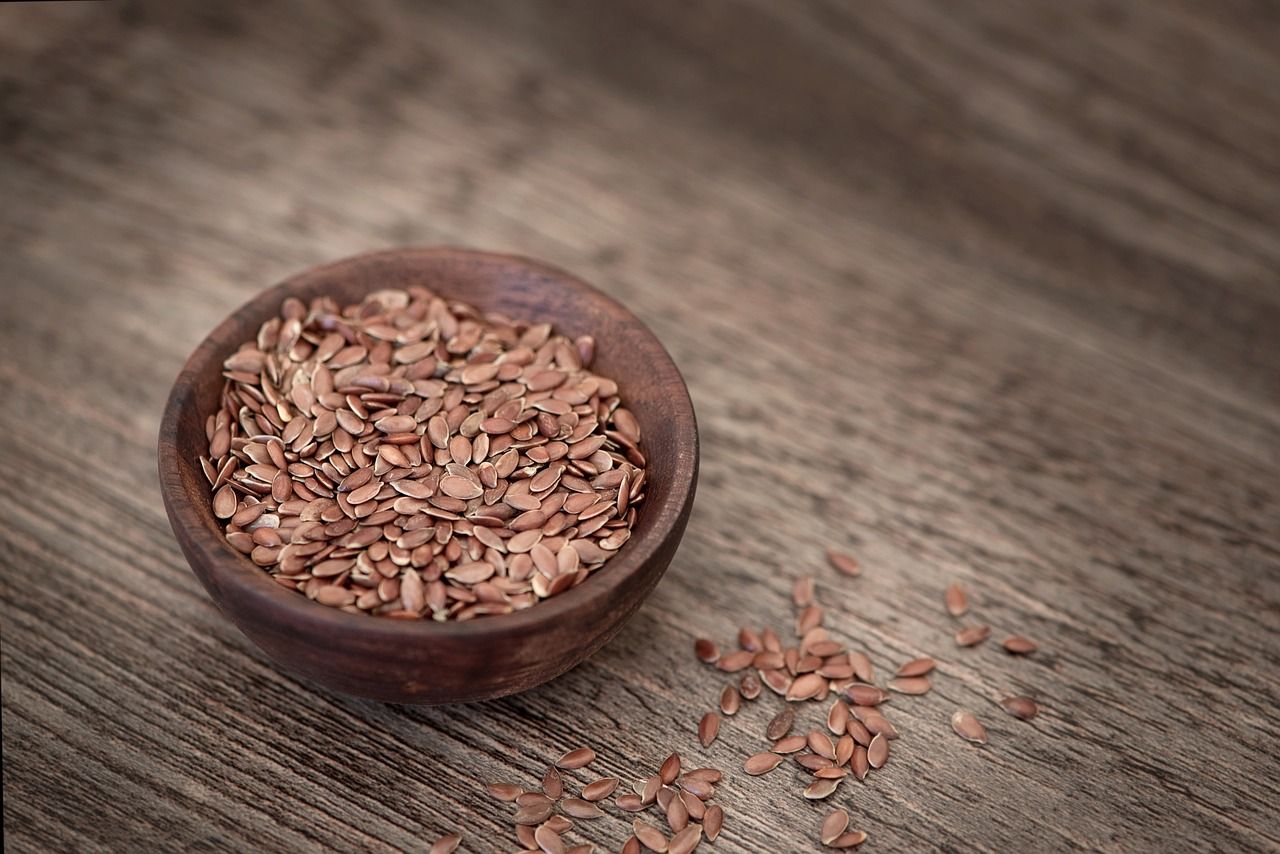
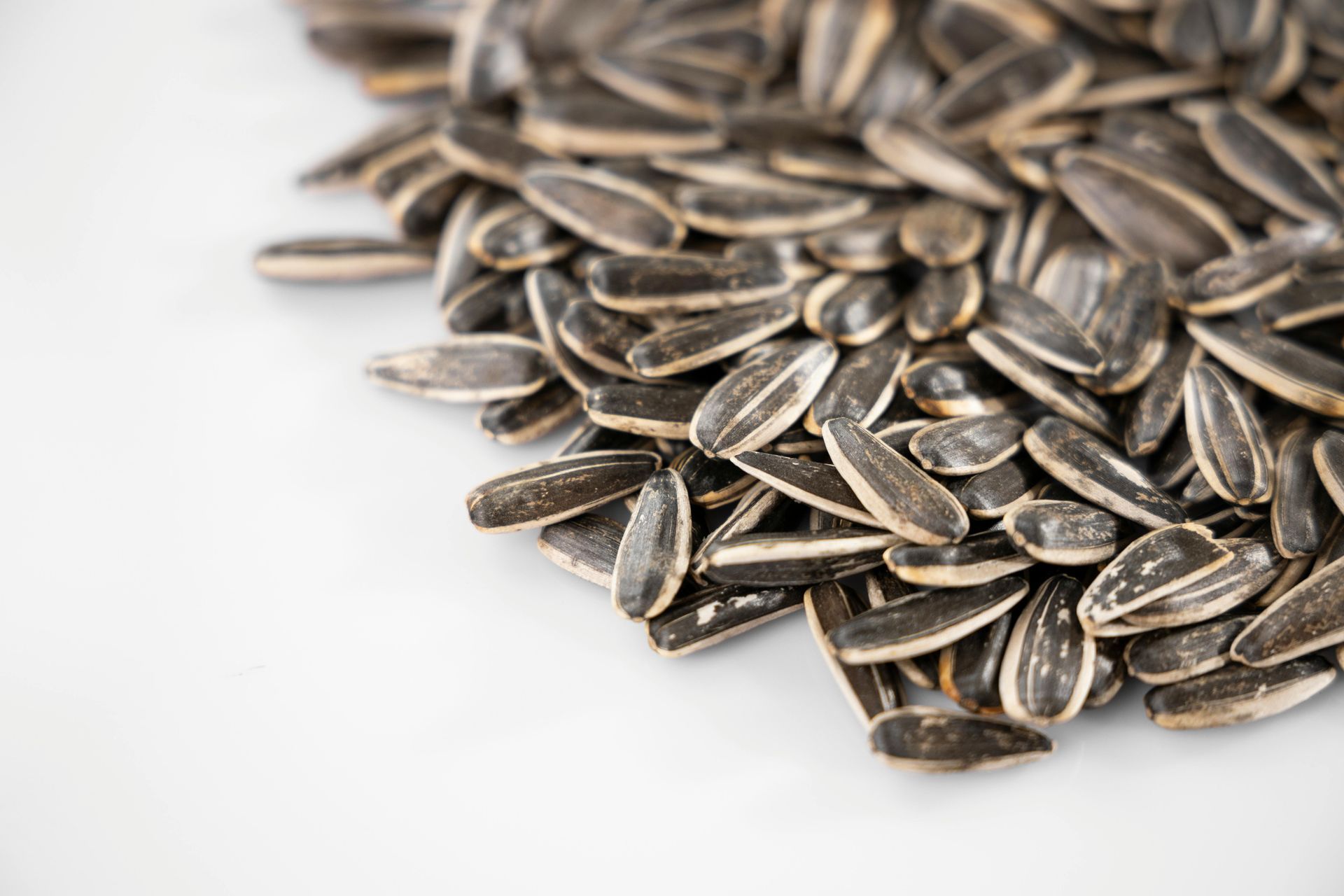

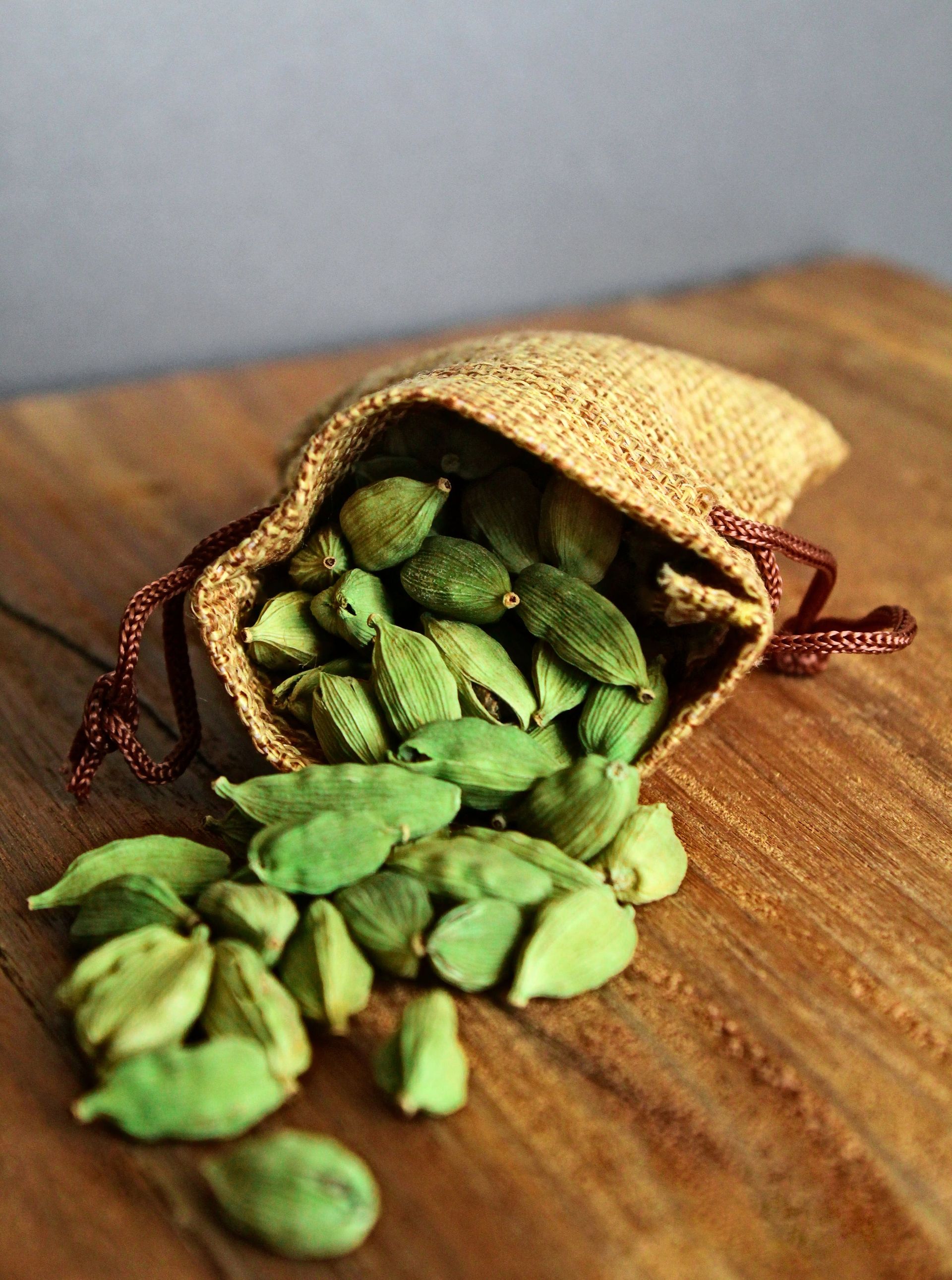



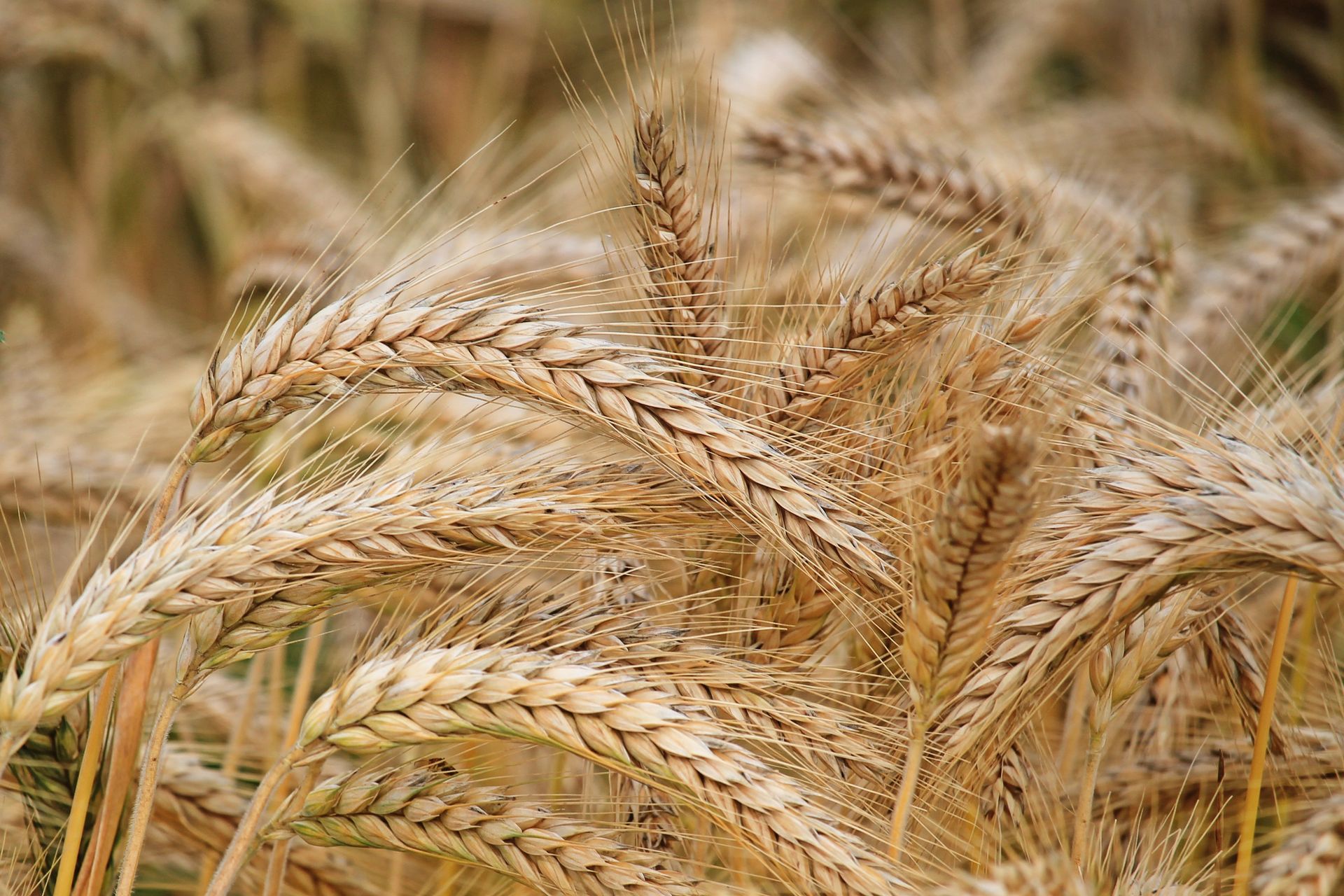
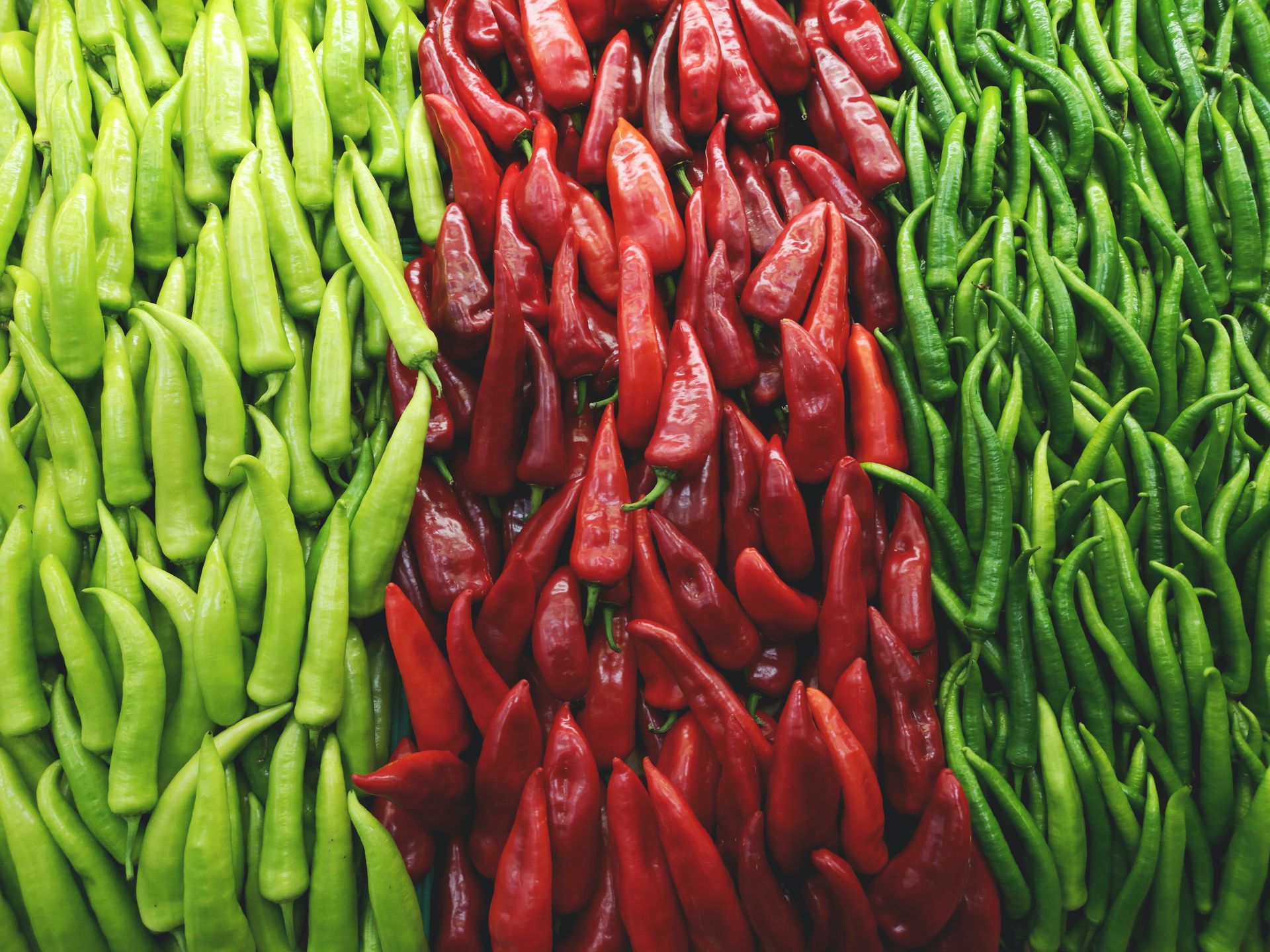
Submit your Enquiry today
We will get back to you as soon as possible.
Please try again later.

REGENT AGRO FOODS PRIVATE LTD
1/127 N Mettupalayam
Tirupur 641670
Tamilnadu, India
All Rights Reserved | Regent Agro Foods
Designed by Yectra

